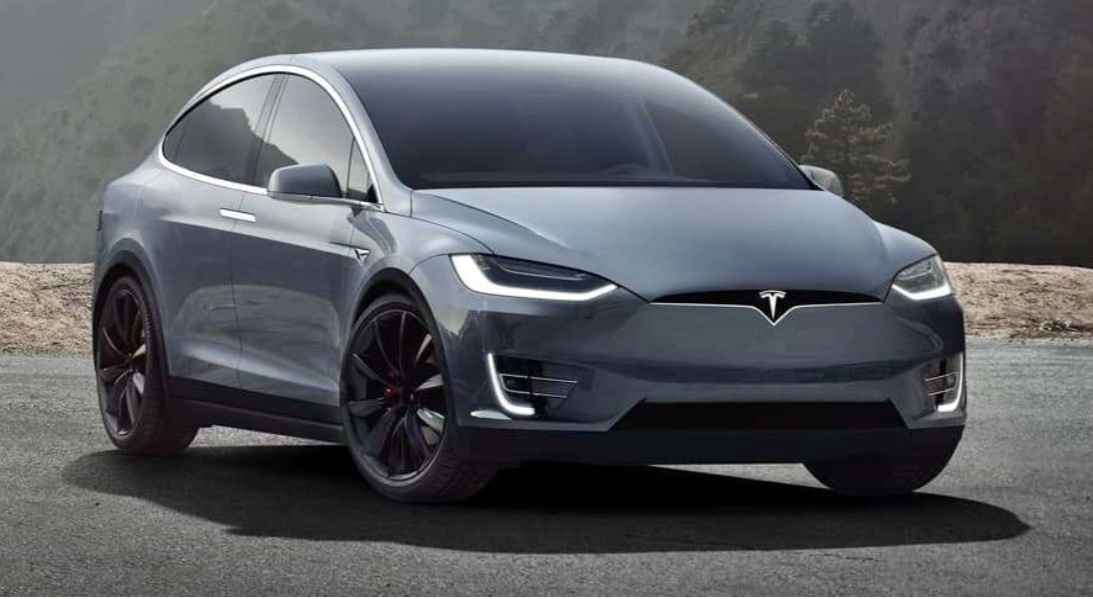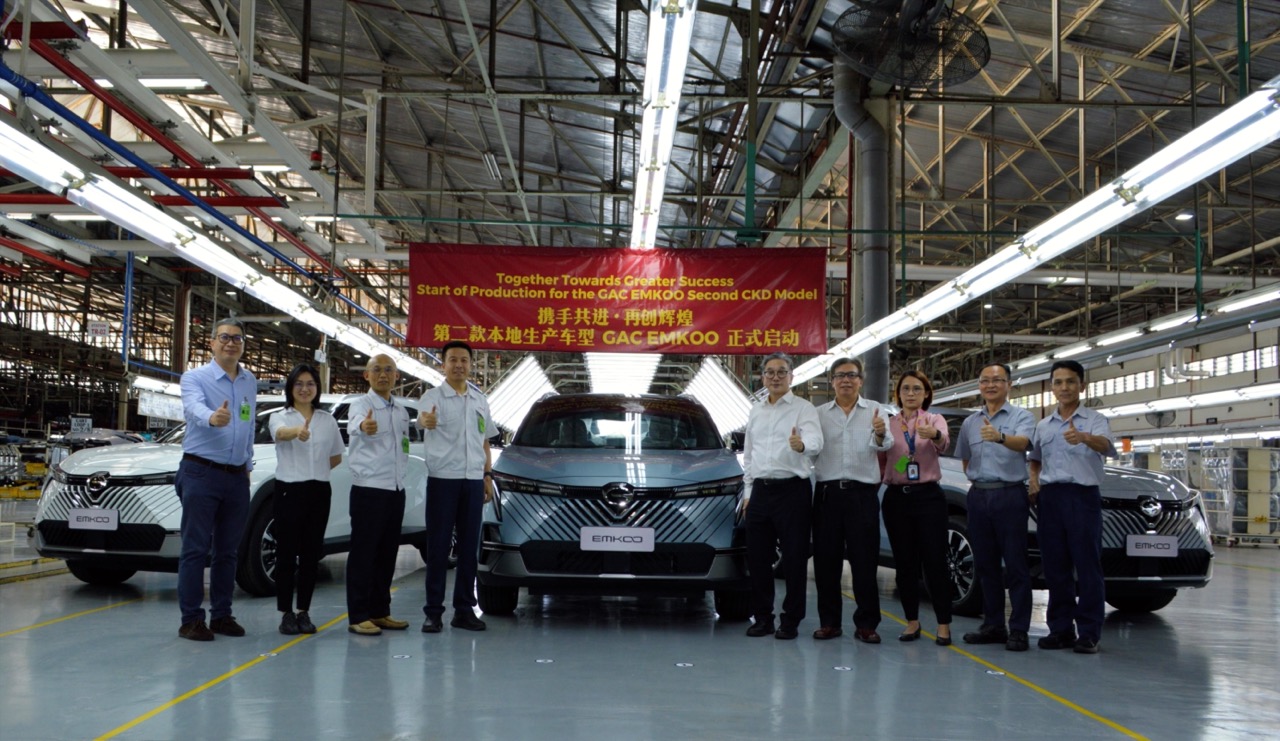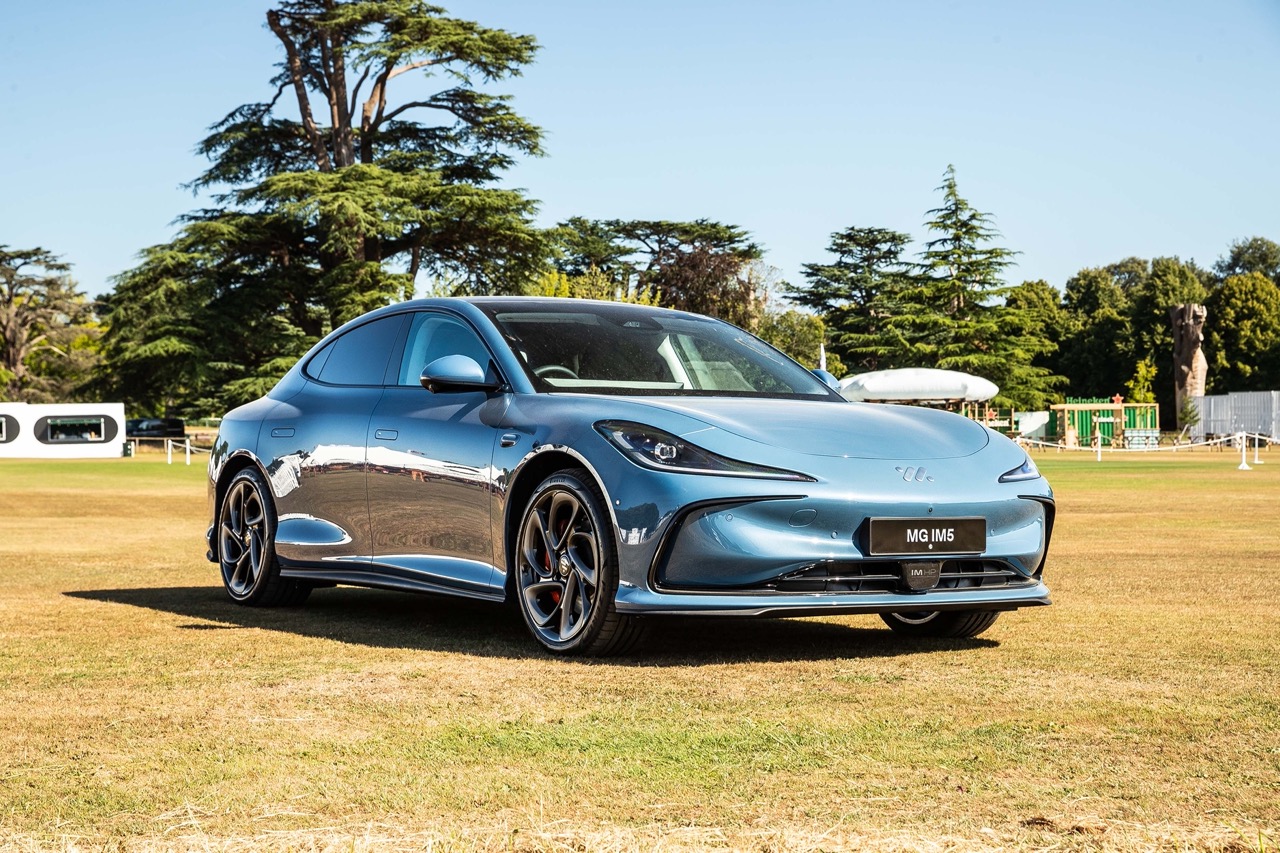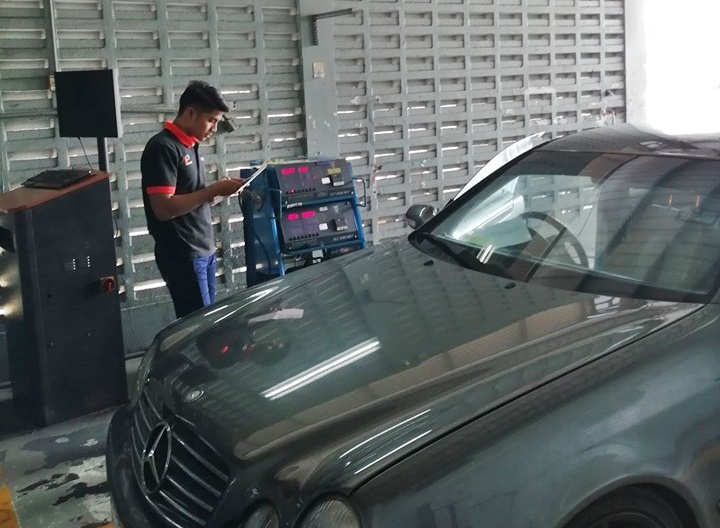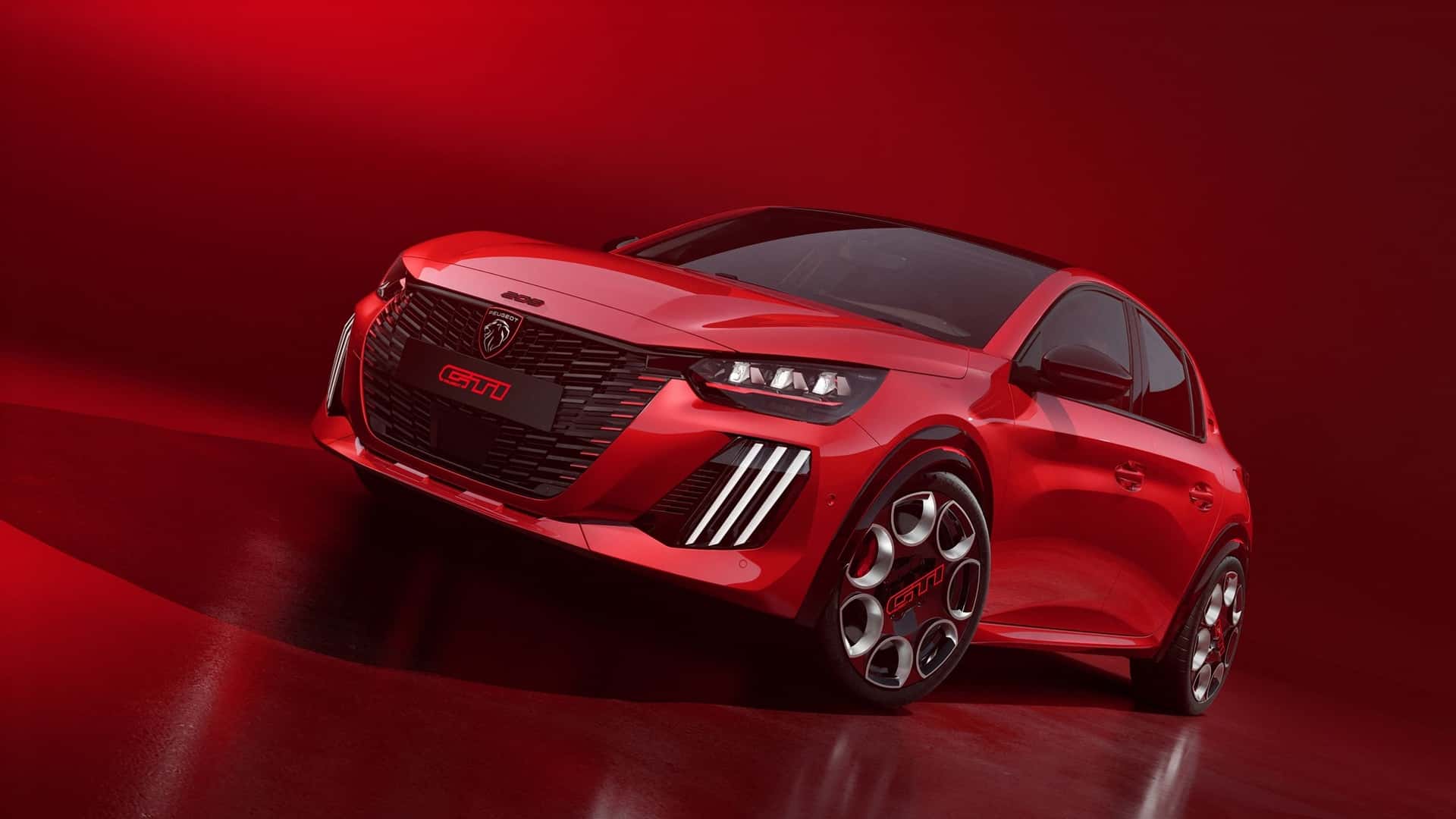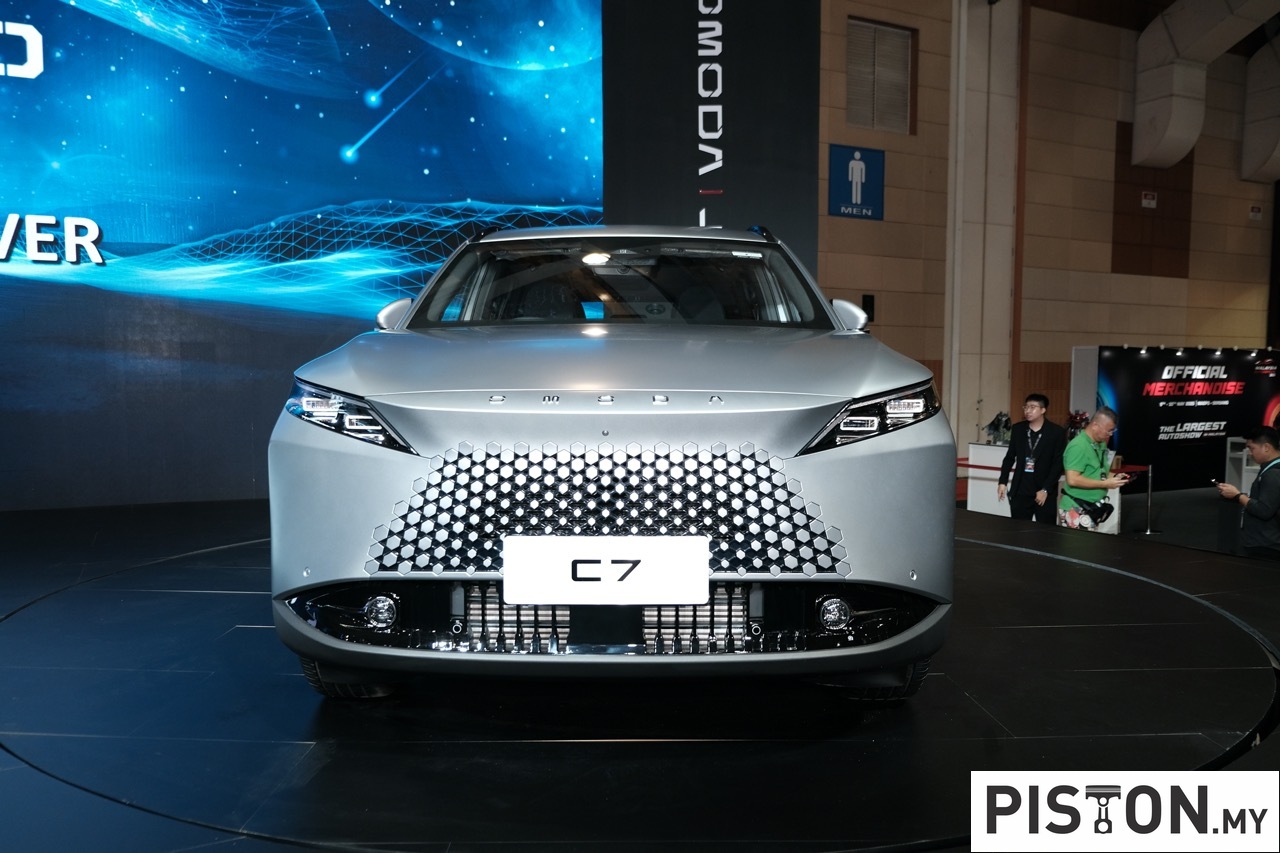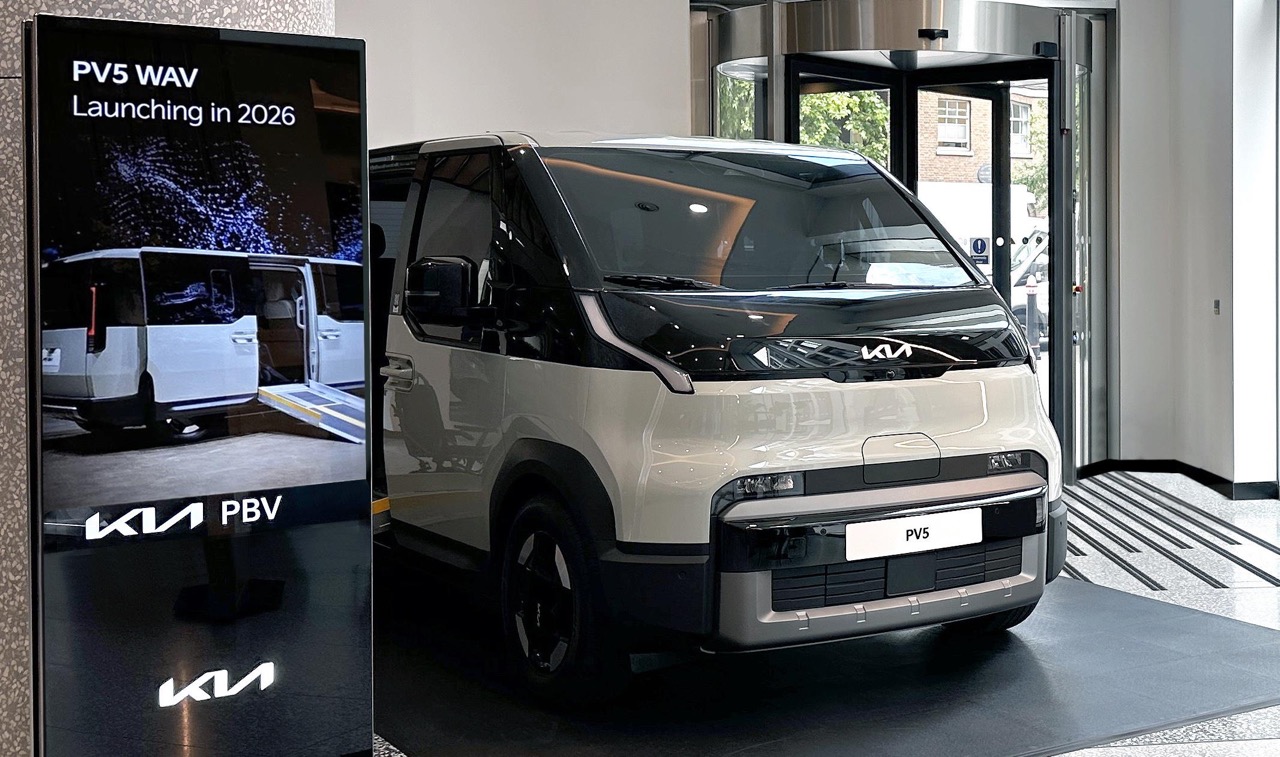Regenerative braking options for Tesla electric vehicles have been restored thanks to a new software update.
One of the most fascinating aspects of electric vehicles, regenerative braking, was previously adjustable by Tesla drivers.
An EV’s electric motor can reverse power to slow down the car instead of using a conventional braking system, recovering energy while it does so. This technology may even make one-pedal driving possible since you won’t need to press the brake pedal to engage the standard brakes except in an emergency.
Tesla made the decision to remove the customizable regenerative braking option in 2020 and lock all drivers at the strongest setting as the feature grew in importance as part of driving an electric vehicle. Drivers are compelled to use the automaker’s electric vehicles as efficiently as possible as a result.
However, Tesla is now reintroducing the choice via a fresh software update, which the company is starting to roll out to its fleet.

The manufacturer is once more providing “standard” and “low” options with the update:
- Standard: Provides the maximum amount of regenerative braking. When you release the accelerator pedal, your vehicle will slow down.
- Low: Limits regenerative braking.
When you release the accelerator pedal, your vehicle will take longer to slow down and coast farther than if set to “Standard”.
Although the low regen mode is less effective, it might help certain drivers who are switching for the first time from ICE to EV. There is also a case to be made for driving in bad weather and favouring a lower regen strength. In any case, it’s a cool function that has been reinstated.



